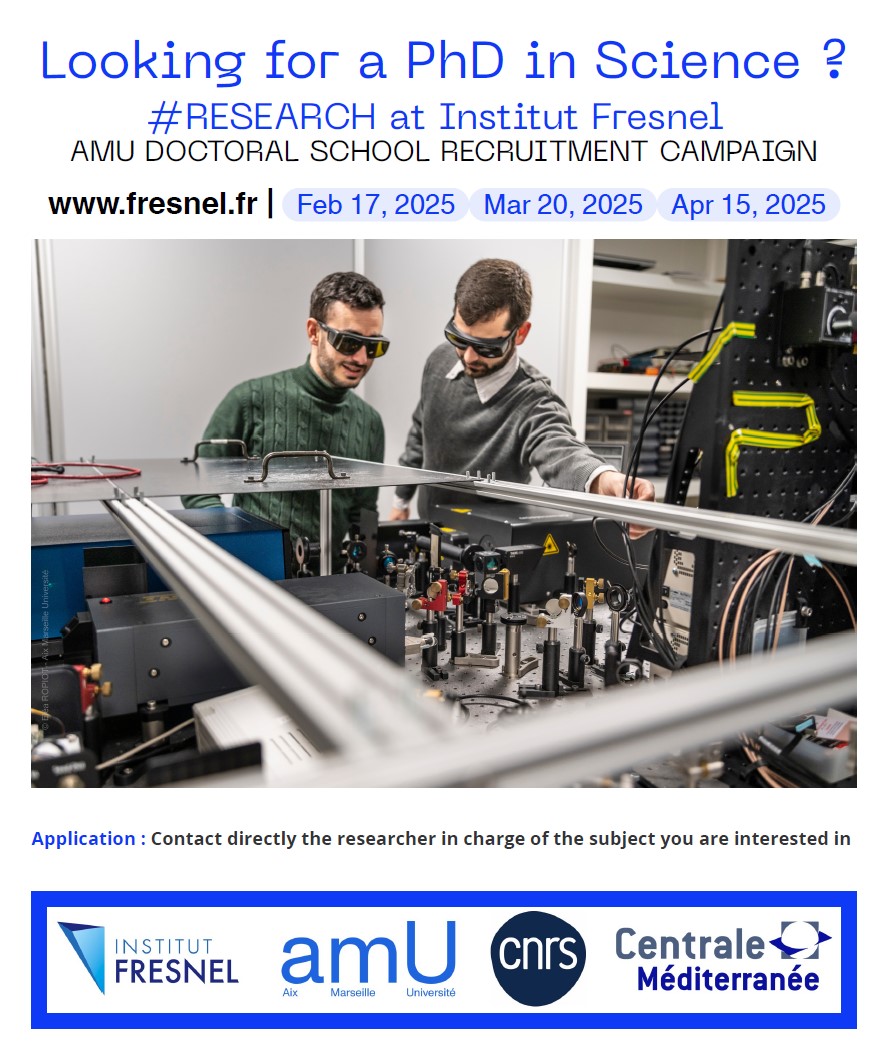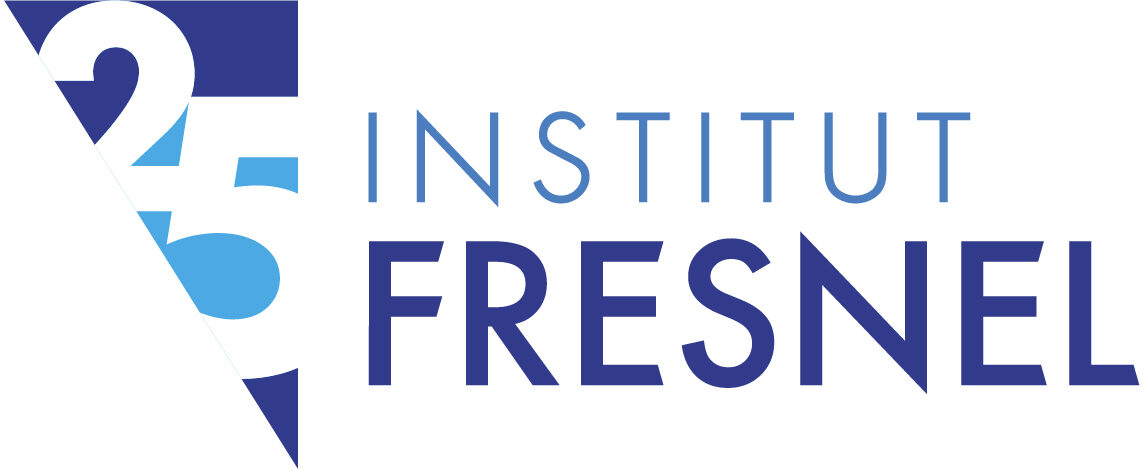Dans le cadre de cette thèse, nous chercherons à développer de nouvelles procédures d’imagerie adaptées à ce cas d’étude (à partir de celles existantes), de manière à extraire des informations
quantitatives sur la structure interne des comètes et astéroïdes et ceci, à partir des données pouvant être mesurées dans la réalité des expériences spatiales. Ces procédures seront appliquées au cas du radar JuRa qui va sonder l’astéroïde Didymos afin de préparer l’exploitation des données du radar.
Pour cela, des études seront conduites sur le choix des paramètres d’entrée, sur les informations les plus pertinentes pouvant être introduites dans ces procédures d’imagerie (notamment fournies par d’autres capteurs), et sur le choix des grandeurs à reconstruire. Les procédures seront confrontées à des expérimentations réalisées en laboratoire, en chambre anéchoïque sur des analogues d’astéroïdes.
L’étudiant.e bénéfiera des collaborations nationales et internationales en cours avec des chercheurs en planétologie et en mathématiques appliquées.
Ce travail de thèse combinera des travaux théoriques/numériques dans le domaine des hyperfréquences. Le.a candidat.e devra avoir de bonnes connaissances en physique, en particulier, concernant les champs électromagnétiques. Des compétences concernant les spécificités du domaine hyperfréquences seraient un plus.


